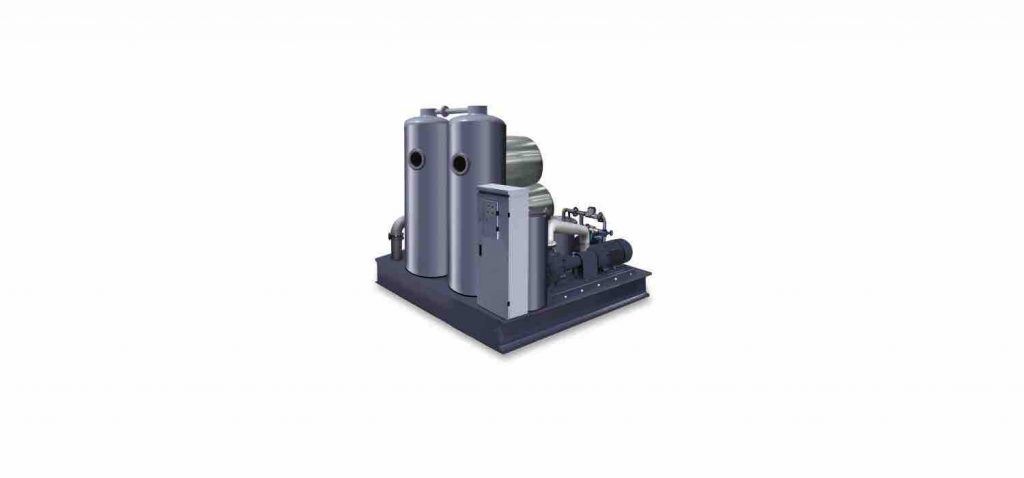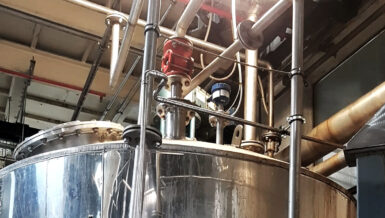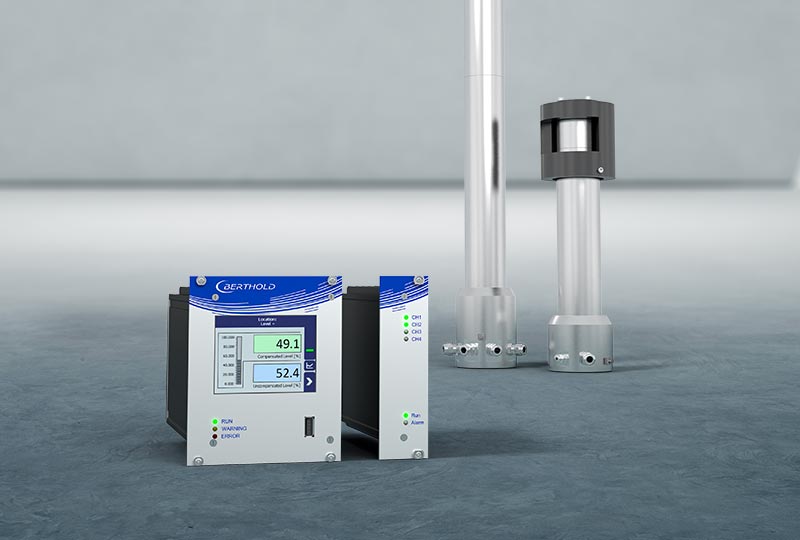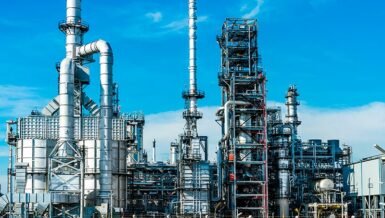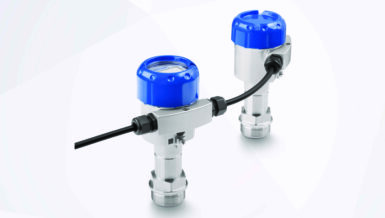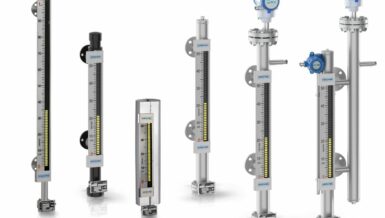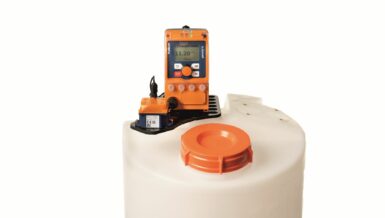Liquids commonly filtered include water, solvents, heat transfer fluids, hydrocarbons, paints and coatings, pulp slurry, beverages, pharmaceuticals, edible oils, food products, fuels, and lubrication oils. The filtration process is essential to a variety of industries, and ensures a purified end product, smoothly running machinery, and reduction in equipment downtime.
This blog post, part of the Magnetrol® series on modular skid systems, discusses oil filtration, one of the most common filtration applications. It also highlights level measurement solutions for oil filtration systems configured as skids.
Process Schematic
Hydraulic oil, turbine oil, lubrication oil, gear oil, transformer oil, and diesel fuel are commonly filtered. Maintaining fluid cleanliness increases the life of critical components on all rotational equipment. A fuel or oil filtration skid typically incorporates a sequential, multifunction filtration system for dehydration, degassing, particle removal, and removal of volatile matter. Fuel and oil skids are developed for specific types of kinematic viscosities and flash points. Stored fuel or oil typically passes through the filtration process and on to a day tank for storage.
Level Measurement Solutions
Below are common level measurement applications for fuel or oil filtration skids and their associated level measurement solutions:
- Fuel/Oil Storage Tank: Large tanks are typically not included on a filtration skid; though smaller, holding tanks for separator feed may be included. Safety-certified level switches and transmitters are required for fluids with low flash points. For continuous level, the Eclipse® Model 706 guided wave radar transmitter is recommended on small tanks; the E3 Modulevel® displacer transmitter or the Pulsar® Model R86 radar transmitter is recommended on large tanks. For point level, the Tuffy® II float switch or the Echotel® 961/962 is recommended.
- Water Separator Vessel: The first step in filtering an oil or fuel stream is to separate the oil or fuel and the water into separate streams. Interface level measurement will actuate a valve to adjust vessel level. For continuous level, the ECLIPSE Model 706 guided wave radar transmitter or the E3 MODULEVEL displacer transmitter is recommended. For point level, an external cage float level switch or the Thermatel® TD2 thermal dispersion switch is recommended.
- Wastewater Tank: Wastewater from the separation process is collected in a dedicated collection tank monitored for level. At high level, a level control actuates a dump valve to route the water to a drain or to additional processing. For continuous level, the Echotel® Model 355 non-contact ultrasonic transmitter or the Model R82 radar transmitter is recommended. For point level, the ECHOTEL Model 910 ultrasonic switch is recommended.
- Day Tank for Fuel or Oil: The day tank is typically a cylindrical steel vessel with a capacity for storing a four- to eight-hour supply of fuel oil. Level controls ensure proper liquid level. For continuous level, the ECLIPSE Model 706 guided wave radar transmitter; the E3 MODULEVEL displacer transmitter; the PULSAR Model R86 radar transmitter; or the Model R82 transmitter is recommended. For point level, the Models A15 or B15 top-mounted displacer switches or the ECHOTEL Model 961/962 ultrasonic switch are recommended.



